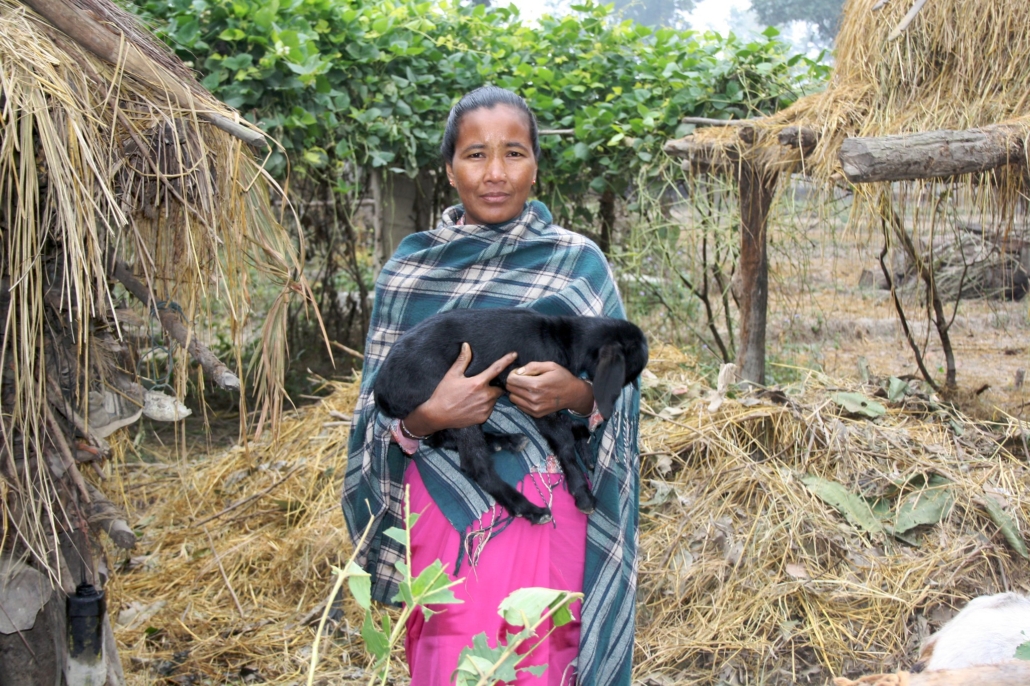Nepal’s Economic Recovery

Nepal, a landlocked nation famous for the mountainous range of the Himalayas on its borders, has been working to restructure its economy, bring new opportunities to its citizens and decrease poverty rates. Historically, Nepal’s poverty rates have been incredibly high, currently leveling at about 25%, with a heavy reliance on agriculture, lacking education and infrastructure, and many more variables that have stunted and limited economic growth for decades. Many feared that Nepal’s economy was on its way to economic collapse and crisis. Instead, Nepal has recently had some of its most promising improvements during the COVID-19 pandemic.
Nepal’s Economic Burdens and Poverty Exacerbators
The factors increasing Nepal’s poverty rates are numerous. One of the greatest is Nepal’s reliance on agriculture. Agriculture serves as Nepal’s primary source of income and food. Such farming practices are known as “subsistence farming, and 68% of Nepal practices subsistence farming. Agriculture is responsible for one-third of Nepal’s Gross Domestic Product (GDP). It connects employees ranging from farmers to small-business merchants and large-scale international traders. Nepal is vulnerable to severe droughts and flooding, resulting in a vicious cycle that upsets the agriculture sector and limits production, income and the food available per family.
A wide class divide has also exacerbated Nepal’s poverty challenges, as the education system in Nepal has exemplified. Nepal’s education system has been slowly expanding to reach the rural regions, specifically the Kathmandu region, where the public and private sectors are integrating to be more inclusive for children of all ages. Net enrollment in schools is up to 97%, but more than 770,000 children are still unable to obtain a comprehensive education as many areas do not have schools or the ones that do exist are understaffed. Minimalized education perpetuates regional poverty, limiting upwards economic progression.
Nepal’s Economic Recovery
Economists have feared that Nepal is due for an economic crisis similar to the one that Sri Lanka experienced in 2022. Sri Lanka’s economy slid into a crisis due to extremely high external debt, a tremendous trade deficit and overwhelming inflation. The crisis is increasing poverty rates, about 25% in Sri Lanka, with the urban poverty rates tripling since 2021. The government is struggling to restructure the economy and take control of the rising poverty rates and joblessness, but Nepal’s economy is not on the same track.
Nepal’s external debts have much lower interest rates than Sri Lanka’s, and the government has implemented new transparent and efficient policies that concentrate efforts on local infrastructure changes. Despite the challenges regarding Nepal’s reliance on agriculture, agriculture became a savior for the nation after the economy lost income from tourism and external support systems. Nepal’s economic recovery would not be possible without the changes to its debt or agriculture system.
The Asian Development Bank (ADB) predicts that Nepal’s economy will again experience a year of modest improvement for the fiscal year 2023, with further decreases in poverty, meaning Nepal’s economic recovery was not temporary. The government has tightened restrictions on imports and exports to ensure the economy remains stable. The new restrictions created new reliances on agriculture, forcing the government to invest extra efforts in the agriculture system’s impact locally before returning to expanding trade externally. The pauses allow the government to take stock of its depleted foreign currency reserves before deciding which allies to renew, strengthen or end.
Improvement to Education in Nepal
Nepal’s education system has improved as the COVID-19 pandemic forced the schools to reconfigure their newly developed teaching styles and practices. The pandemic’s pauses in everyday life presented Nepal with the opportunity to implement new teaching programs nationwide. The original interruption of the COVID-19 pandemic in daily life slowed the pace at which Nepal can reach the United Nation’s Sustainable Development Goals (SDG). The government aimed to hit benchmarks by 2022 to exemplify the progress in academia throughout Nepal, but the new plans restructured the older outline for the education goals. The alterations to the Nepalese education system can provide new academic opportunities for an education that can lift children out of poverty.
Despite Nepal’s economic strife in years past, the COVID-19 pandemic was a window of opportunity for the government to restructure the nation’s reliance on agriculture and deficient education system and reconfigure trade deals with international allies. Nepal’s economic recovery shows that the country is nowhere near an economic crisis, as the private sector may have feared, but it is on a stronger path to recovery than ever before.
– Clara Mulvihill
Photo: Flickr
